AIR Conducts Airborne SAR Load Calibration Experiment
An Airborne SAR Payload Calibration Experiment, organized by a research team from the Key Laboratory of Quantitative Remote Sensing Information Technology under the Aerospace Information Research Institute (AIR), was conducted on the National High-resolution Remote Sensing Integrated Calibration Field from December 16 to 28, 2021. This experiment was commissioned by the Aerospace Microwave Remote Sensing System Department of AIR.
The team, led by Prof. QIAN Yonggang, included intern researcher ZHANG Xi, postgraduate students MA Chenyang, YANG Zhiwei, and WANG Yuhang.
The ground calibration experiment used a Cessna 208 aviation flight platform carrying SAR Ka-band, L-band and X-band loads. The aircraft took off from Ordos Airport and carried out 4 sorties in the calibration field for a total of more than 10 hours. The flight altitude was about 4 km, covering various test areas including artificial fixed targets, a large area of sand, and the circular runway on the calibration field.
16 square dihedral and trihedral SAR Angle reflectors with sides of 1m were installed and deployed around the artificial fixed target field, and 36 dihedral and trihedral SAR Angle reflectors with sides of 10cm, 20cm, 40cm and 50cm were installed in a large sandy land and surrounding areas, and their angles were adjusted to complete the SAR load calibration task. Three vehicles at uniform speed were set as moving targets in the circular track of calibration field to test the detection ability of SAR load to moving targets.
More than 50 TB of high-quality SAR image data were obtained during the experiment.
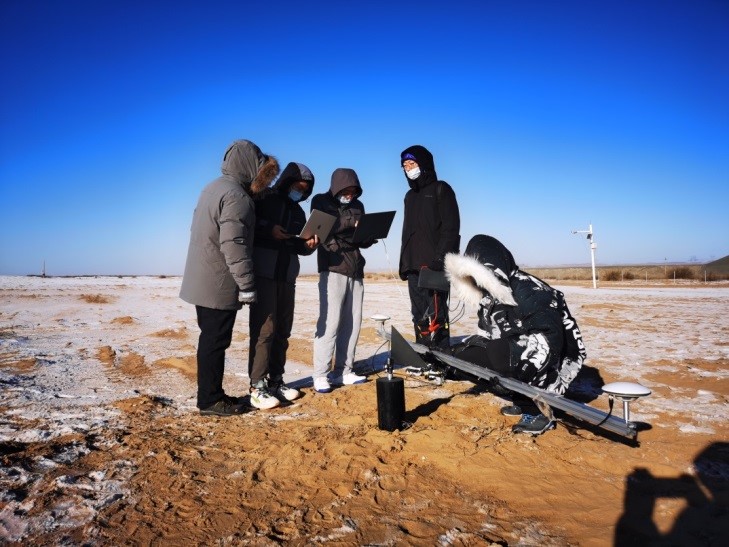
Small trilateral corner reflector installed on sandy land.
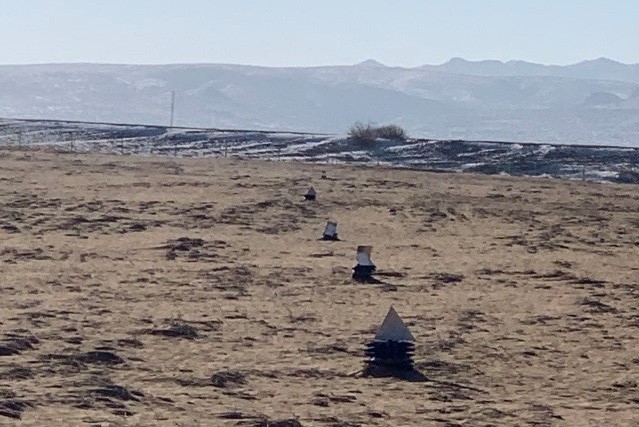
SAR Angle reflectors on sandy land.
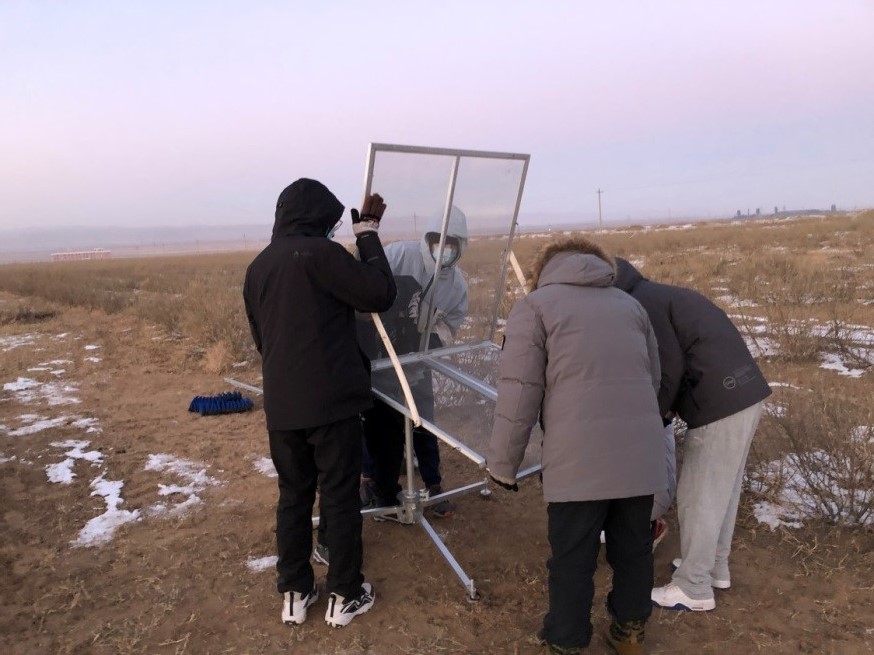
Dihedral SAR Angle reflectors arranged.
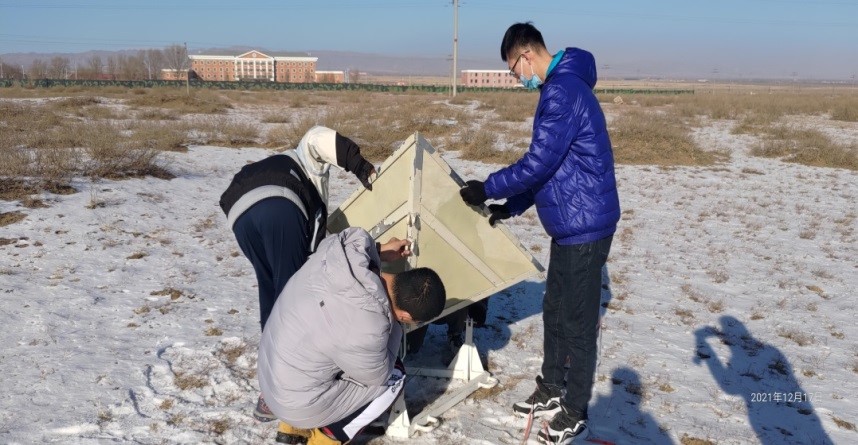
Trihedral SAR Angle reflectors arranged.
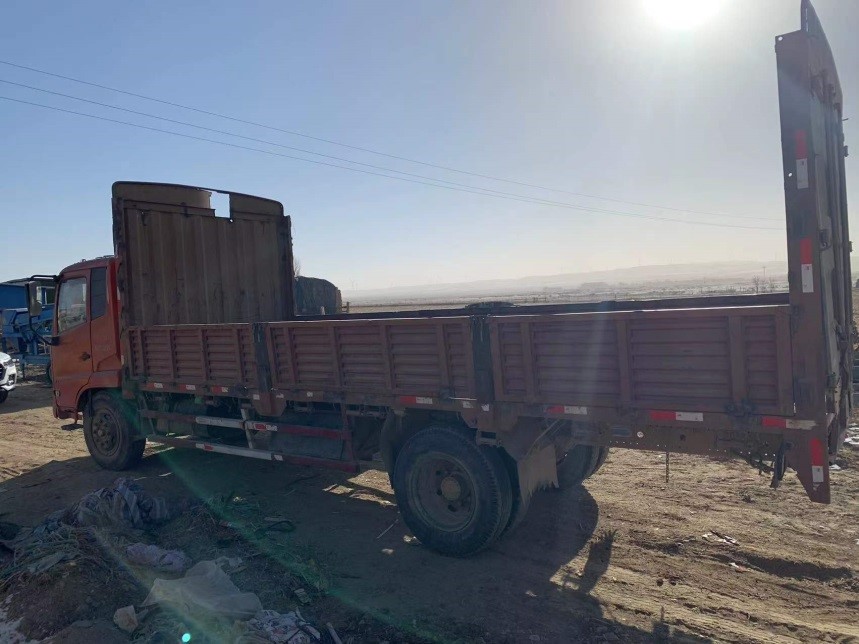
Moving targets.



News & Events